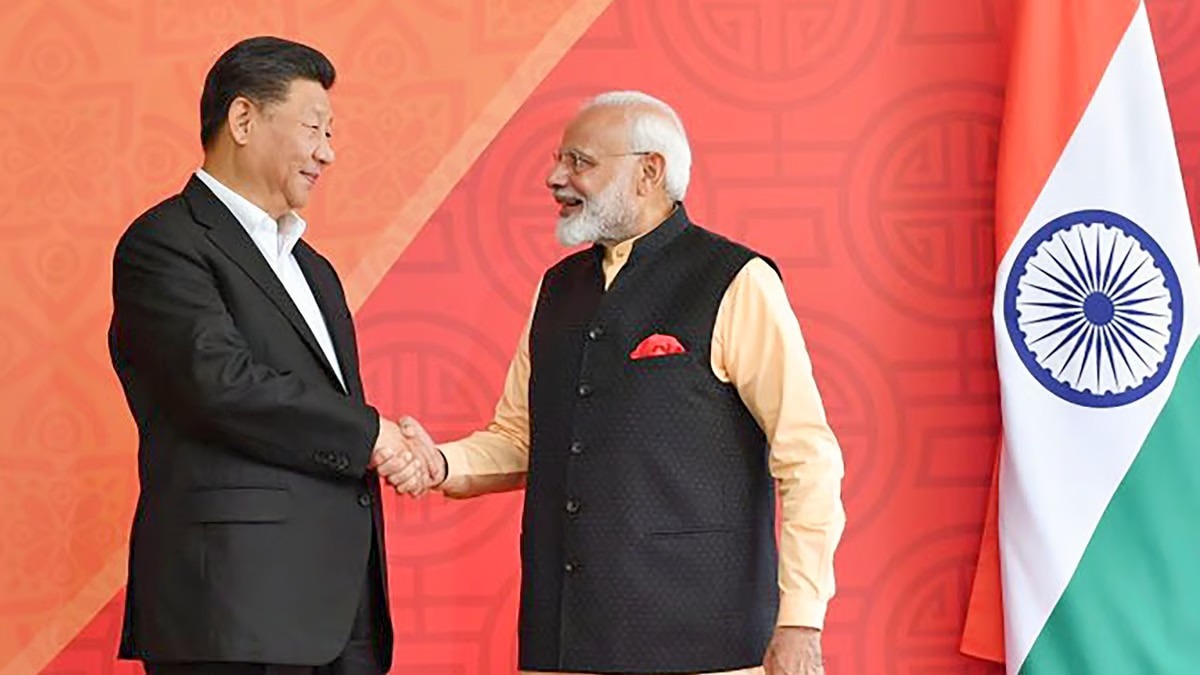 |
|
The recent agreement between India and China regarding patrolling along the Line of Actual Control (LAC) in eastern Ladakh marks a significant milestone in the complex relationship between the two Asian giants. After four years of tense standoff, China has finally agreed to return to the patrolling arrangements that existed before the Galwan clashes in April 2020. This diplomatic victory for India holds immense implications for both the military and economic landscape of the region.
The disengagement agreement, reached after numerous rounds of talks, signifies a crucial step towards de-escalation and normalization of relations between the two nations. It sets the stage for a potential meeting between Prime Minister Narendra Modi and Chinese President Xi Jinping, a meeting that could further strengthen the fragile progress achieved in the border dispute. The agreement specifically addresses the contentious areas of Depsang and Demchok, where Indian troops will now be able to resume patrolling up to their pre-2020 positions. This marks a significant victory for India, as China had been reluctant to address these areas until recently.
The Depsang Plains, strategically located near the Karakoram Pass, holds significant military value due to its flat terrain, which facilitates troop movement and deployment. China's intrusion into areas previously patrolled by Indian forces in Depsang was a major source of tension, and the agreement to revert to the 2020 status quo will alleviate this concern. While the agreement addresses immediate concerns, the broader territorial dispute between India and China remains unresolved. The two nations have differing perceptions of the LAC, which ultimately represents a division of physical control rather than a clear demarcation of territorial claims. The agreement, however, offers hope that further progress can be made in resolving this long-standing issue.
Beyond the military implications, the border pact also holds immense potential for reviving economic ties between India and China. After the Galwan clashes, Chinese companies faced significant challenges operating in India as the government tightened investment norms and banned several Chinese apps. The normalization of relations is expected to lead to a resurgence in trade and investment, potentially boosting economic growth in both countries. The resumption of direct passenger flights between India and China, which have been suspended since 2020, could also contribute to increased economic and cultural exchange.
The agreement on the LAC is a testament to India's resilience and diplomatic prowess. It signifies a crucial step towards resolving a long-standing territorial dispute and opens the door for greater cooperation between the two nations. While challenges remain, the agreement offers a ray of hope for a more stable and prosperous future for both India and China.
Source: 'Back to 2020 situation': Why China border deal is huge victory for India?
